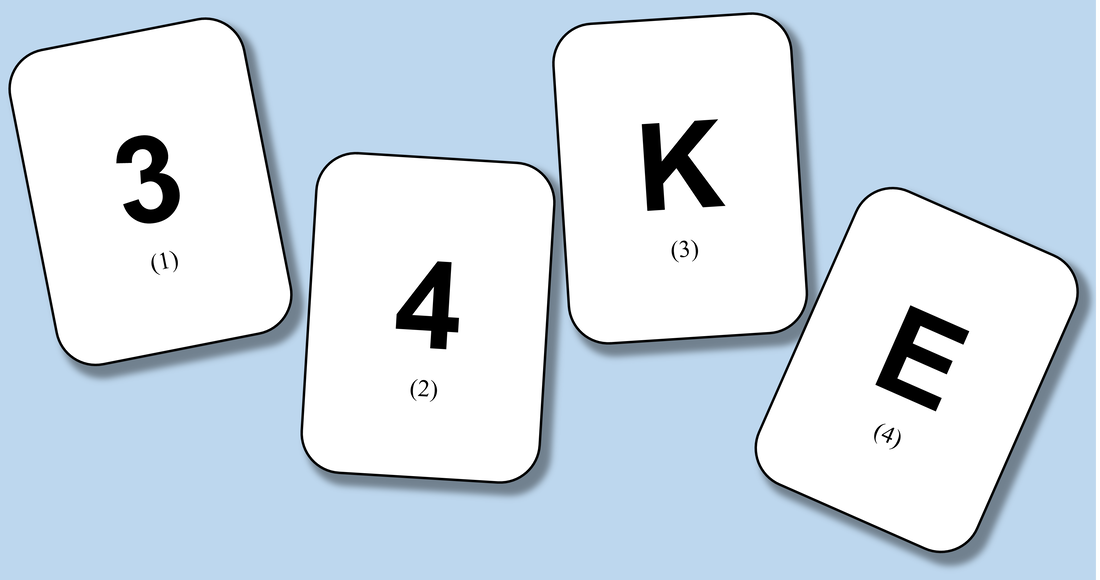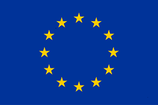|
In our blog series “Science Untangled” we intend to explain science in simple words. And as my fellow colleagues already did before me, I will try to give it a go myself. I am currently working using mostly bioinformatic approaches – I wrote about how I got there in an earlier blog post. The biological background of my research was already covered in an amazing blog post by Clara. So, the question was: What can I explain? Bioinformatics? The problem is that bioinformatics approaches can vary significantly, the same way biology differs when trying to understand the behavior of fish in the Atlantic or trying to find binding partners of a specific molecule. Well, then where do we start and where do we end? I decided to go with the basis of bioinformatics, actually of every science in existence: Logic. All computers operate on logic and we use logic every single day as well, don’t we? Isn’t it logical that if it’s raining - you’ll get wet? First thing we have to do is to define “logic”. The most commonly used definition is “the study of correct reasoning“. Originally, logic began as a philosophical term and is now used in disciplines like math and computational science. You can view logic as the mother of all science. While the definition sounds simple, understanding logic is a little more complex and takes a few attempts. The first thing we have to clarify is that logic operates on sentences or statements. It is a tool for making conclusions. Each statement can either be “TRUE” or “FALSE”. There is no maybe. IF it is raining AND you use an umbrella, THEN you won’t get wet. Additionally, there are operators like if, and, while etc. Well, they actually come quite naturally when making a logical statement. Go ahead and try it out. So far so good. But what does all of that have to do with bioinformatics? As the name suggests there is a part informatics in there, and with that coding or programming. Don’t worry we are not going there. But all languages do exactly use these operators. If you ask a system: 2=2, they will answer with “TRUE”. And you can also use operators; if x>3, then … So understanding logic will help understanding how computers operate and how we have to program them. Let’s stop with all of this theoretical explanation and let me try to explain it using an example: The Wason four-card problem You get four cards. Each card has either a vowel or consonant on one face and either an even or odd number on the other face. Which card(s) must you turn over in order to test the truth of the proposition that if a card shows an even number on one face, then its opposite face is a vowel? Maybe you are already able to solve this problem, but let’s go step by step following the “logical approach”. 1) Firstly, let’s look at the proposition that needs to be tested, which can also be formulated as: If one side shows an even number then the opposite face is a vowel. So far so good. In logical terms, this is called a conditional term, meaning one part of the sentence conditions the other. If even numbers are called A then the conditional part would be called B. Written down it would be: If A then B. Well, scientists are lazy people so at some point, symbols were chosen to replace words. For example: “^” is “and” (I always thought of it as a house combining the two parts) “v” is ”or” (think of it as a scale, it is either the one or the other) “¬” is “not” “=>” is “if..then”/ ”implies” (conditional) “<=>” is “equivalent” Let’s go with an example: A: the sun is shining B: we are eating ice cream Not that hard, right? Back to our card problem. Therefore, we can now also write “If A then B” as AÞB. 2) So how many cards do we have to turn to test, whether AÞB is also TRUE? In order to answer this question, it helps a lot to make so called “Truth Tables”. What the heck does this mean? Let’s translate it back.
Mhh, still not quite sure? Let’s go with a very hands-on example: You are a ticket controller in an underground and you want to find people who entered the subway without validating their ticket to fine them with 60 Euros. So, you’ve got the following situations:
So, our proposition here would be: “If a person takes the underground, they have a validated ticket.”; A=>B with A taking the underground and B having an unvalidated ticket.
Which person would you check, to see if you need to fine them? The correct ones would be 2) and 3). Why?
Much more understandable, right? Now let’s look again at the cards: If one side shows an even number then the opposite face is a vowel; AÞB
Are you now able to answer the question, which card(s) you have to turn to test whether the proposition that if a card shows an even number on one face, then its opposite face is a vowel? The answer is 2) and 3) again.
The only options in which we could invalidate the proposition would be with cards 2) and 3). You can check the Truth Table to check if it correlates. This ends my “little” explanation. I hope you enjoyed it a bit and were able to follow along. Don’t worry if you didn’t. It is definitely not easy and also takes math students a few lectures to get it. I simply hope it will give you a new understanding and the next time you come across reasoning in your professional or daily life, you think “Is this logical?”. It differs from what we would call logic in our daily language, but if you think about it, it actually doesn’t differ that much. All science uses logic, every new insight has to be checked if the right conclusions have been derived. Computers only make logical conclusions. If the two cells have the same DNA, they are from the same organism. If a gene is more active in the diseased patient compared to a healthy one, this gene might be responsible or affiliated with the disease. Everything is logical. But while logic helps to draw conclusions or helps reasoning, there is one advantage we have compared to rational computers: We can be illogical and irrational and sometimes this is a huge advantage. AuthorLeave a Reply. |
About the blogBeing a PhD student in a European training network is a life-changing adventure. Moving to a new country, carrying out a research project, facing scientific (and cultural) challenges, travelling around Europe and beyond… Those 3 years certainly do bring their part of new - sometimes frightening - but always enriching experiences. Categories
All
Archives
December 2021
|






 RSS Feed
RSS Feed

13/1/2021
0 Comments